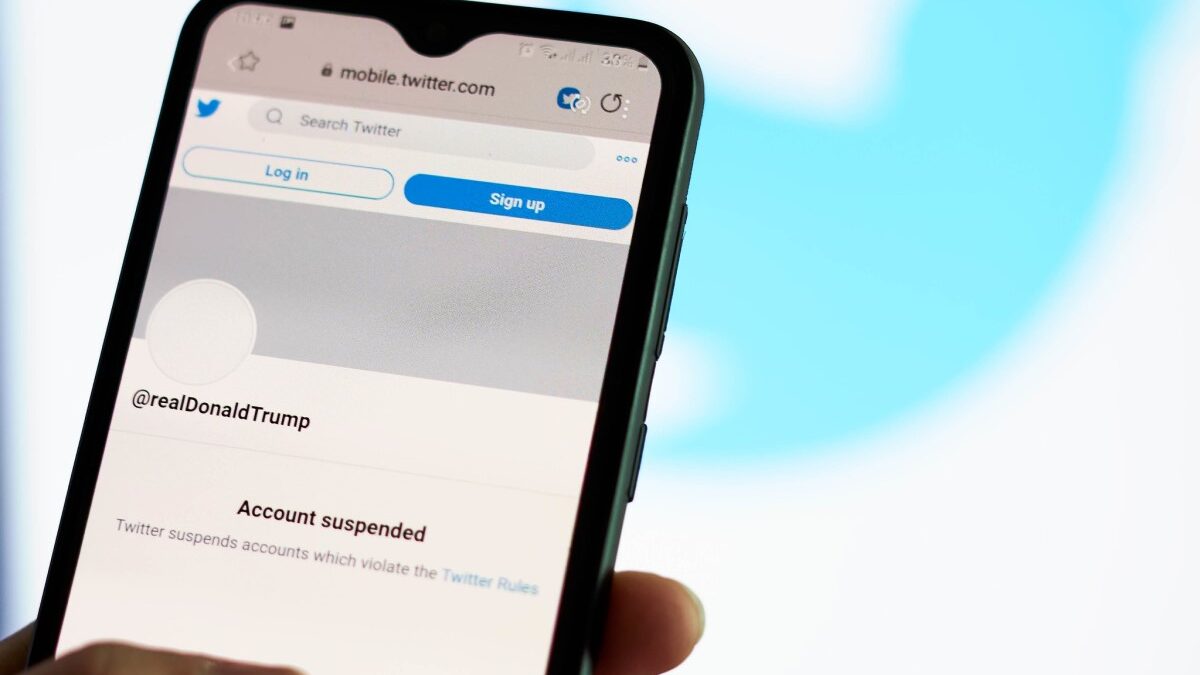New emails released as part of the “Twitter Files” show the company appears to have misled reporters, politicians, and the public, allowing a high-level disinformation operation to fester in government and media. A comparison of emails uncovered by Matt Taibbi with the company’s public statements in 2018 reveals serious discrepancies.
This operation, known as Hamilton 68, was founded by former FBI agent and current MSNBC contributor Clint Watts. It functions as a digital “dashboard” where journalists and academics can gauge alleged “Russian disinformation” being spread by specific lists of people online.
Taibbi’s latest report on internal Twitter documents included emails from former Head of Trust and Safety Yoel Roth proving the company knew the anti-Trump dashboard was spreading false information that wrongfully classified Americans as Russian bots. This allowed the data dashboard to fuel false media and Democrat claims that President Donald Trump had treasonously colluded with Russia, hamstringing Trump’s execution of his presidential duties.
Taibbi discovered that Twitter “reverse-engineered” Hamilton 68’s methodology to recreate its highly publicized list of alleged Russian bots. Publicly, though, Twitter was feigning ignorance.
In a Jan. 3, 2018 email, Roth said his reverse-engineering proved Hamilton 68’s claims of providing data to prove Russian disinformation was festering on social media were “totally bogus.”
“They don’t know that we have the list, though, and they’ve refused to release it,” he wrote.
Roth recommended hitting the Alliance for Securing Democracy, one of the groups behind Hamilton 68, with an ultimatum: “either you release the list, or we will.”
The timeline here is important. Roth reverse-engineered the list on Oct. 3, 2017, and emailed it to his colleagues in a Google Doc. Over the next several months, Twitter employees repeatedly vented their frustrations with Hamilton 68 over email. The amount of media attention the project was generating created a public relations headache for Twitter, so they were eager to expose the truth about the dashboard.
Frenzied politicians desperately clinging to the Russia-collusion narrative started to pressure Facebook and Twitter in early 2018. When Republicans on the House Intelligence committee penned a now-vindicated internal report on FBI abuses, a hashtag that said “#ReleaseTheMemo” went viral on Twitter.
“When the hashtag went viral, [Rep. Adam] Schiff had a theory that it wasn’t the American public that was interested in abuse of the Foreign Intelligence Surveillance Act,” Mollie Hemingway noted all the way back in 2018. “Nope, it was Russians! Secret Russian bots were trying to make it look like Americans were interested in FISA abuse against a Trump campaign affiliate.”
Citing Hamilton 68, Schiff and Sen. Dianne Feinstein, D-California, wrote a letter to Jack Dorsey and Mark Zuckerberg demanding their companies crack down on alleged Russian bots. Twitter responded with a letter defending its work to police foreign interference. An analysis of #ReleaseTheMemo, General Counsel Vijaya Gadde wrote back, “has not identified any significant activity connected to Russia.”
Worse, Gadde claimed Twitter could not evaluate Hamilton 68’s claims. “Because the Hamilton Dashboard’s account list is not available to the public, we are unable to offer any specific context on the accounts it includes,” he wrote. “There may be individual cases where Twitter accounts are operating within our rules but are included in the Dashboard. We have offered to review the list of accounts contained in the Dashboard and this offer remains open.”
Yet the emails Taibbi uncovered five years later show Twitter had the list for months before that point. Roth himself wrote, “They don’t know that we have the list,” three weeks earlier.
In mid-February, Emily Horne wrote, “we’re working extensively with reporters [off-the-record] and on background to explain the flaws in Hamilton 68’s methodology (without getting into our full knowledge of it),” before adding, “we have to be careful in how much we push back on ASD publicly.”
Horne’s concern, along with that of a colleague who was “frustrated” but understood the need to “play a longer game,” was that Twitter couldn’t kill critical media stories with off-the-record warnings if it didn’t also go public with what it knew. Both former Twitter employees now work in the Biden administration.
Hamilton 68 intentionally concocted junk science and concealed important parts of their methodology to bolster a narrative against their political opponents. The intended end result was to silence and discredit all dissent. A stunning number of journalists at allegedly top publications and even researchers at allegedly elite universities took the bait, as Taibbi’s story shows.
Twitter’s internal records raise questions about what key Democratic politicians like Schiff and Feinstein knew about Hamilton 68. Did Twitter brief them privately on its public knowledge of the list? Were any reporters briefed on that as well? Was Gadde seriously unaware that Roth had the list for months at the time of his letter?
The evidence suggests clearly that Twitter employees — who never counted on Elon Musk buying the company and releasing their emails — actively misled the public about a powerful political hoax.









